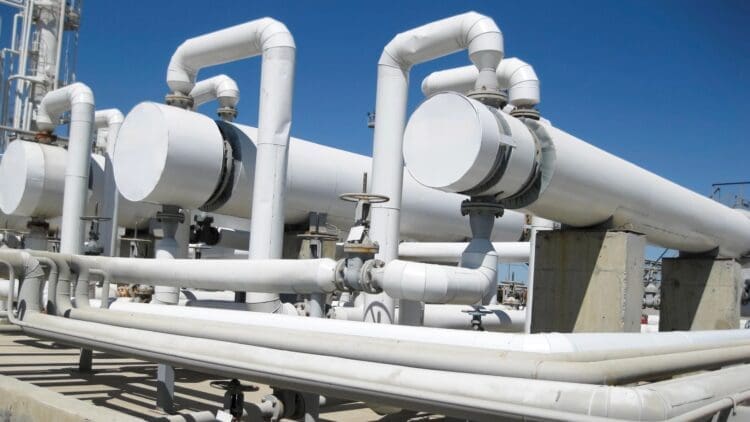Following the latest round of sanctions against Russia and the continued phase-out of Russian gas and coal, Europe’s gas storage has reached significantly higher levels than expected, signaling a strong resilience for the 2025-26 winter season. Europe has for far too long relied on gas imports from Russia, and following a vote to completely phase out Russian gas contracts by the end of the decade, Europe has doubled down on its gas production and storage. This has eased concerns over energy supply for the winter months that are set to come.
An annual report on Europe’s gas supply has stated that the gas supply on the continent is ready to meet demand
The European Network for Transmission System Operators for Gas (ENTSOG) has published its annual Winter Supply Outlook, and the report has stated that Europe’s gas supply is set to exceed demand as the exceedingly cold European winter approaches. The report from ENTSOG notes that gas storage plays an essential role in securing enough energy to warm European homes in winter.
In the years past, the EU has tested various scenarios that place Europe’s gas sector under strain to efficiently analyze how the infrastructure would deal with any unforeseen interruptions. This year’s report paid particular attention to the effect of the phase-out of Russian gas, which was recently approved in a vote by EU energy ministers.
The European gas storage system is set to meet demand as winter approaches
The report from ENTSOG notes that Europe’s gas storage system has reached 83%, more than enough to meet demand in winter. This increased level is similar to what the European market saw before the energy crisis. Even without the formerly essential Russian gas imports, by the end of winter, the levels are expected to sit at 35%, which would enable the European gas sector to prepare for a similar performance next year.
The report from ENTSOG notes the positive performance of Europe’s gas sector, despite the loss of Russian gas
Crucially, the report from ENTSOG notes the increased levels of energy independence in Europe. Improved infrastructure and an easing of regulations have led to Europe seeing unprecedented levels of gas storage. The report also states the need to continue to act proactively and ensure sufficient gas supply for next year’s winter by storing gas during the summer.
The recent approval by the EU energy ministers to phase out Russian gas imports has, no doub,t led to an increase in imports from other nations not associated with Mother Russia. Publication of annual winter and summer supply outlooks by ENTSOG is a requirement of the EU Regulation on the internal markets for renewable gas, natural gas, and hydrogen (Regulation 2024/1789 Article 26(3)).
“The Winter Supply Outlook by ENTSOG brings good news as the heating season starts: the EU is well prepared for the upcoming winter. Our system is also resilient against supply disruptions, including a complete cut of Russian pipeline gas imports. This means that timely winter preparations, our diversification efforts and the replenishing of gas storage pay off. The EU is on track to become fully independent from Russian gas supplies.” – EU Commissioner for Energy and Housing, Dan Jørgensen
Europe’s gas sector is ready to move on with life following the end of Russian imports
The news that Europe will be able to move on from the destructive relationship with Russian gas means that its gas sector has become relatively self-sufficient. Russia, on the other hand, has seen long lines of queues around Moscow’s gas stations, and while a new Russia-China pipeline is set to begin construction, the project may take up to ten years to complete. Europe’s energy sector has become an exemplary leader in the global energy industry, displaying strength in the face of adversity.





